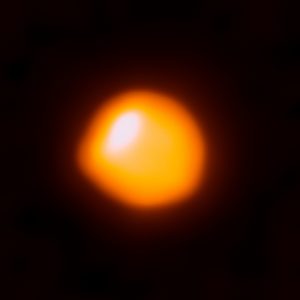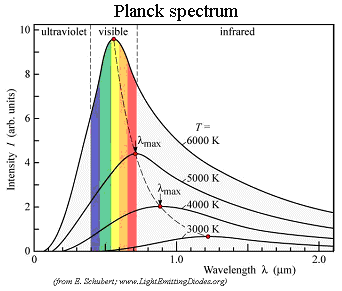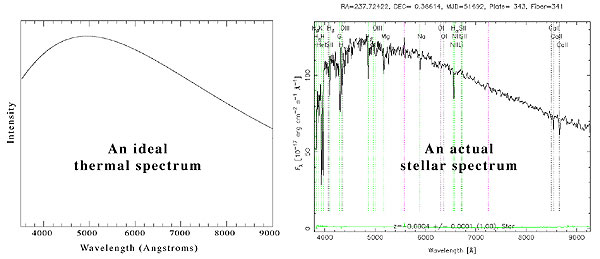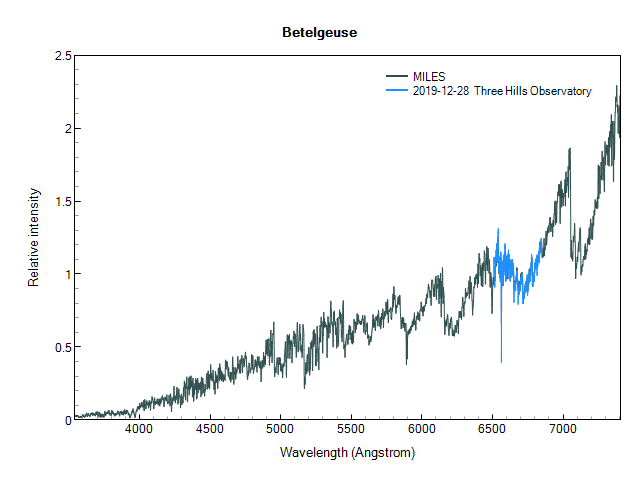
As we have seen in recent days, Betelgeuse (usually the 11th brightest visible star) has started to climb back up the magnitude scale; right on time for a 420 – 430 day cycle. That suggests that the event since October is likely a superposition of dimming cycles. The long- expected Type II supernova is put on hold. Some time in the next 100,000 years is projected.
Also, Betelgeuse is actually the brightest star, when we look at the near infrared (excepting the Sun, of course). This is because its spectral peak is actually in the infrared, much like that for an old fashioned incandescent lamp.
That brings up the question of star spectra and the close relationship of such spectra to that for black body or cavity radiation.
For, it turns out that black bodies have a characteristic spectrum (the study of which led to quantum theory):

We may then compare the spectra of stars, noting the deep dips at absorption lines and the “grass” of noise:

This near-Blackbody pattern is thought to be due to an equilibrium between matter and photons in a star’s photosphere, with photons leaking out of the surface and being replenished from fusion energy in the core. Of course, radiation pressure also equilibrates with the gravity force that would trigger collapse.
(Indeed, a Type II supernova is thought to result from the core fusing up to Iron, which then amasses up to a critical point of collapse, 1.4 MSol. The collapsing mass causes proton-electron reactions forming neutrons with release of neutrinos, which collectively exert a large outward pressure. As a second mechanism, the outer layers are also collapsing and rebound in a spectacular explosion. This type of supernova has as a signature, Hydrogen emission in its spectrum.)
In the case of Betelgeuse, the peak of its spectrum as a pre-collapse red giant is in the infrared. Surface temperature, ~3500K, our Sun is ~5700K,
We may now take a look at a recently measured spectrum from ARAS — Leadbeater-MILES:

We see here, that Betelgeuse peaks in the IR. END